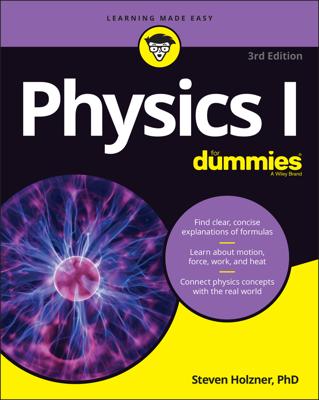Physicists have calculated that throughout the universe, there’s approximately six times as much dark matter as normal visible matter — and string theory may explain where it comes from!
Astronomers have discovered that the gravitational effects observed in our universe don’t match the amount of matter seen. To account for these differences, it appears that the universe contains a mysterious form of matter that we can’t observe, called dark matter.
In the 1930s, Swiss astronomer Fritz Zwicky first observed that some galaxies were spinning so fast that the stars in them should fly away from each other. Unfortunately, Zwicky had personality clashes with many in the astronomy community, so his views weren’t taken very seriously.
In 1962, astronomer Vera Rubin made the same discoveries and had nearly the same outcome. Though Rubin didn’t have the same issues of temperament that Zwicky did, many disregarded her work because she was a woman.
Rubin maintained her focus on the problem and, by 1978, had studied 11 spiral galaxies, all of which (including our own Milky Way) were spinning so fast that the laws of physics said they should fly apart. Together with work from others, this was enough to convince the astronomy community that something strange was happening.
Whatever is holding these galaxies together, observations now indicate that there has to be far more of it than there is the visible matter that makes up the baryonic matter that we’re used to — the matter that comprises you, this book, this planet, and the stars.
Physicists have made several suggestions about what could make up this dark matter, but so far no one knows for sure.

